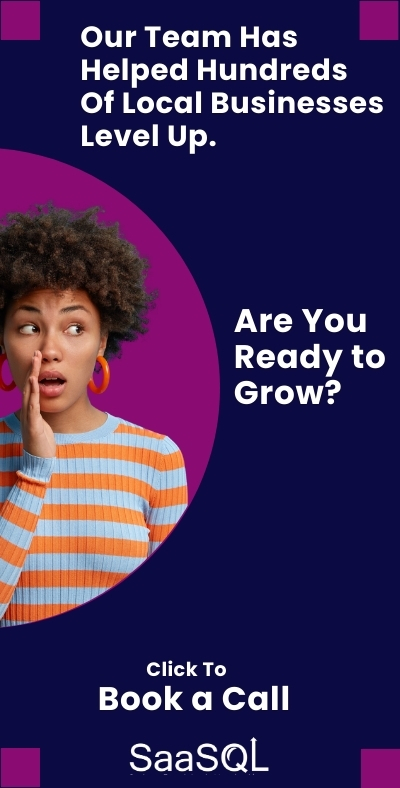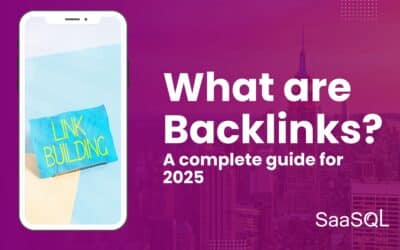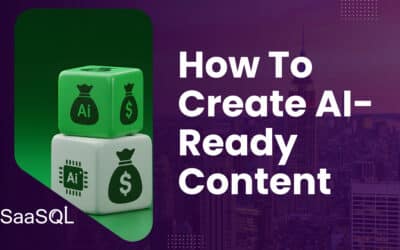How Does Search Experience Optimization Impact Traditional SEO?
Search engines no longer reward websites just for showing up. They reward those that satisfy users best. That’s the core of Search Experience Optimization (SXO). What began as a technical process focused on keywords and backlinks has evolved into a broader strategy—one that combines SEO fundamentals with user-centric design and content built for engagement.
This shift is no accident. It reflects the way users behave today and the technologies shaping that behavior. According to data from Google’s own documentation leak, metrics like click-through rate, dwell time, and bounce rate aren’t just peripheral—they’re integral to how search rankings are determined. When users land on a site and quickly leave, or skip over it in the results entirely, that sends a clear signal: this content didn’t meet their needs.
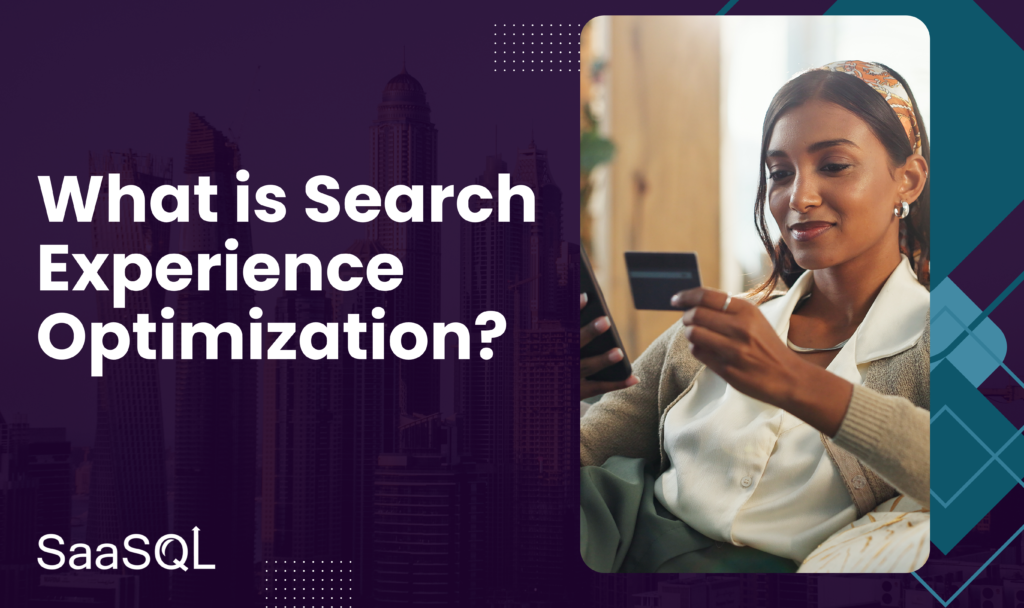
But there’s more at play than just Google’s evolving algorithm. Artificial intelligence has fundamentally reshaped how people access information. ChatGPT, Perplexity, and Google’s Search Generative Experience are training users to expect fast, clear answers in conversational formats. According to TechRadar, more than 27% of Americans now use AI tools instead of traditional search engines, and over 60% of Gen Z already prefers AI for quick information. This shift toward AI-first discovery means search optimization now requires more than just ranking—it requires being the answer.
This is where SXO becomes indispensable. It’s not enough to attract traffic. Brands must engage users immediately, answer their questions intuitively, and guide them toward action—all without friction. The future of search belongs to the businesses that can create seamless, satisfying experiences for users. And that future is already here.
How Does User Experience Impact SEO Ranking Factors?
“If you want to rank well on Google, your site needs to deliver a great user experience—fast load times, intuitive design, and content that matches intent.”
— John Mueller, Search Advocate at Google
Source: Google Webmaster Central Office Hours (YouTube)
User experience has become one of the most important signals in modern SEO. Google’s ranking systems now lean heavily on engagement metrics to decide which content deserves to be seen. If visitors don’t click, don’t stay, or quickly bounce away, that page drops in the rankings. The algorithm is measuring satisfaction, not just relevance.
Among the most impactful user signals are dwell time, click-through rate (CTR), and bounce rate. Dwell time—the length of time a user spends on a page before returning to search results—acts as a clear indicator of content quality and relevance. A longer dwell time tells Google that the page successfully answered the user’s query. CTR, meanwhile, signals how compelling your page is in the search results. High CTR combined with strong dwell time is a recipe for rising to the top of search rankings.
The confirmation of these signals as ranking factors came into sharper focus after last year’s Google data leak. The documents revealed that Google explicitly tracks engagement behaviors and uses them as part of its ranking model. This moved the conversation from speculation to strategy. These metrics are not just “nice to have”—they are now central to SEO success.
Google’s Core Web Vitals update reinforced this approach by codifying aspects of user experience like page load speed, interactivity (First Input Delay), and visual stability (Cumulative Layout Shift) as measurable ranking factors. These technical elements ensure users aren’t just clicking through—they’re staying engaged without frustration.
In an environment where AI search tools like ChatGPT and Bing AI are beginning to reshape discovery, the importance of these signals only grows. AI models also prioritize content that provides clarity, fast load times, and structured, easy-to-digest answers. Whether it’s a human or an algorithmic model evaluating the content, the experience of consuming that content is what determines success.
The new reality is simple: if your content doesn’t engage, it won’t rank.
What are the Specific Elements of Search Experience Optimization?
Search Experience Optimization operates at the intersection of content strategy, UX design, and technical SEO. It focuses on what users actually do when they land on a page, and ensures that every click, scroll, or tap contributes to a satisfying and valuable experience. That alignment between user behavior and content delivery is what sets SXO apart.
The first component is on-page design and usability. Visitors should immediately understand the purpose of the page. Layouts must be intuitive. Fonts should be legible. Navigation must be frictionless. If a user can’t find what they’re looking for in the first few seconds, they’ll leave. Tools like heatmaps and session recordings are essential for identifying friction points.
“A well-designed user interface could raise your website’s conversion rate by up to 200%, and a better UX design could yield conversion rates up to 400%.”
— Forrester Research
Source: The Business Impact of Customer Experience – Forrester
Next is intent-aligned content. This means going beyond keyword matching. A high-ranking SXO page anticipates why a user searched for something—and provides the most useful version of that answer. Informational queries should be met with clear explanations, step-by-step guidance, or expert commentary. Transactional intent requires product details, pricing, reviews, and calls to action. Matching intent reduces bounce rates and increases conversions.
Then comes the internal linking structure. Instead of optimizing isolated pages, SXO strategies link related content together to create immersive, interconnected experiences. Content clusters help search engines understand topical authority, but more importantly, they help users continue exploring your site. Every internal link becomes a signal: keep going, there’s more value here.
Finally, structure matters. Pages should follow a clean hierarchy of headers (H1, H2, H3), use schema markup where applicable, and format content in scannable ways. Bullet points, bolded phrases, and short paragraphs make consumption easier, especially for mobile users.
SXO doesn’t eliminate traditional SEO. It builds on it. But instead of just optimizing for search engines, it turns the focus back where it belongs—on the user.
Looking for a quick way to see what Google & AI see when crawling your website? Use our free SEO Website Crawler to see your headers, page title, and meta description. Enter your primary SEO keyword and receive an alt-text analysis, keyword density score and key SEO recommendations, instantly.
How Can I use Search Experience Optimization to Improve Rankings and Conversions?
Search Experience Optim ization becomes most powerful when theory turns into action. Effective SXO requires more than content adjustments—it demands structural and strategic improvements that align directly with how users engage.
ization becomes most powerful when theory turns into action. Effective SXO requires more than content adjustments—it demands structural and strategic improvements that align directly with how users engage.
Start with page load speed and responsive design. According to Google, as page load time increases from one to three seconds, the likelihood of a bounce increases by 32% (source). Compress images, minimize code bloat, and use modern caching techniques to ensure fast performance. Ensure every element renders cleanly on mobile devices, where more than half of all web traffic originates.
Invest in interactive content. Tools like calculators, quizzes, product finders, and explainer videos not only increase dwell time but also provide meaningful value to visitors. For example, a mortgage company offering a “How much can I afford?” calculator engages users at the moment they are most interested—enhancing both user satisfaction and conversion potential.
Simplify navigation and calls to action (CTAs). Clear menu structures, visible CTAs, and easy-to-understand next steps reduce friction and guide users through your site. Sticky headers, floating action buttons, or anchored links can help keep options in front of the user without distraction.
Incorporate social proof elements like customer reviews, testimonials, and case studies throughout the page. These build trust and encourage users to take action. When paired with trust badges, guarantees, or certifications, these elements reinforce credibility in ways that engage both humans and AI models assessing your authority.
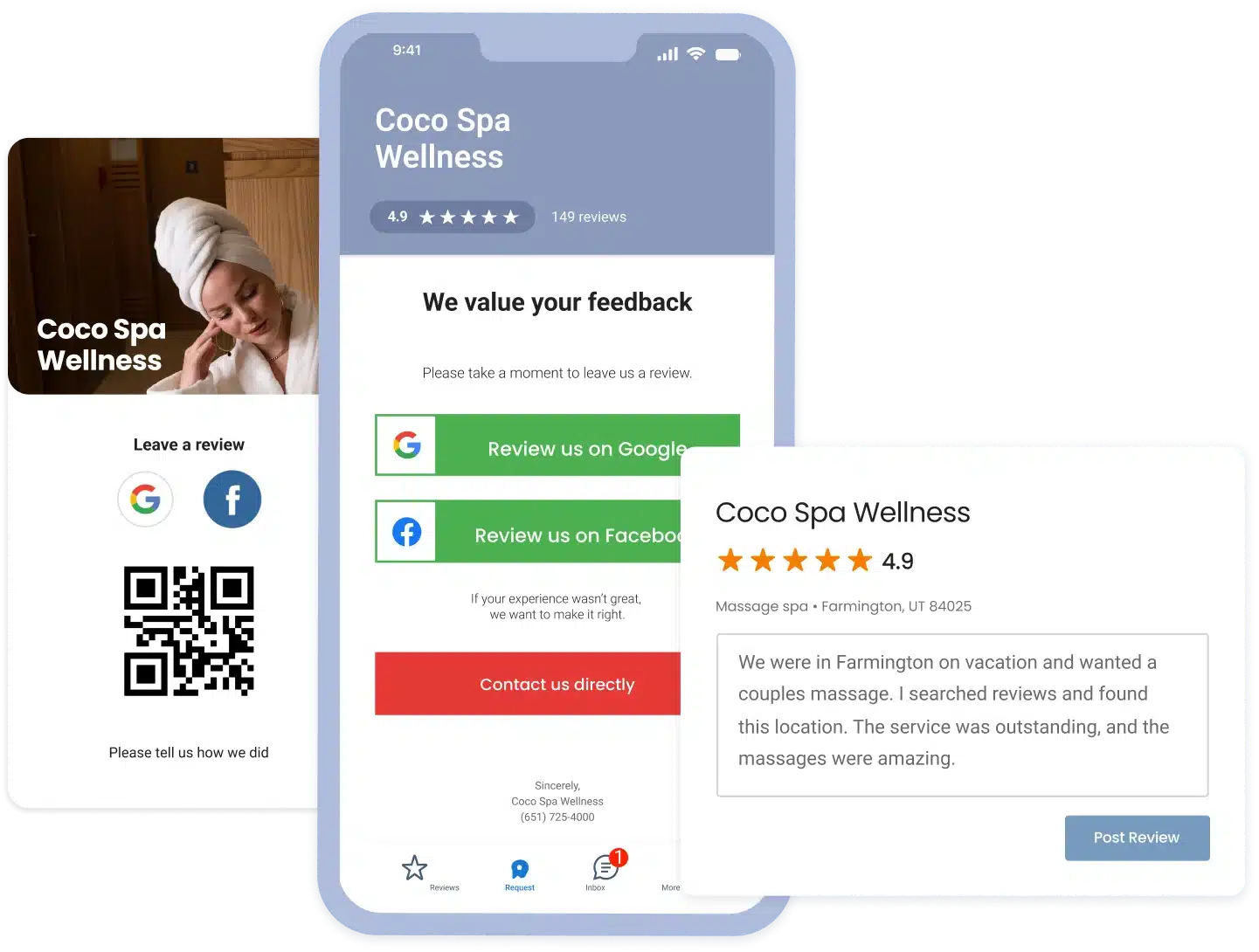
Finally, optimize content structure for scanning and engagement. Use bullet points, numbered lists, bolded secondary keywords, and short paragraphs. Insert FAQ sections directly on high-intent pages to answer common objections and provide clarity. These FAQs can also leverage schema markup to improve visibility in AI-powered search and featured snippets.
These tactics aren’t about adding more content—they’re about making the content work harder. When done right, SXO turns passive visitors into active participants and maximizes the return on every page view.
Case Studies and Data: What Happens When SXO Is Prioritized
Search Experience Optimization doesn’t just improve rankings—it directly impacts engagement and conversion metrics. Real-world case studies show what happens when businesses shift from keyword-centric strategies to user-focused experiences.
One SaaSQL campaign for a regional service business saw bounce rates fall by 38% and average session duration increase by 62% within 90 days of implementing SXO tactics. These changes followed a website redesign focused on page speed, mobile optimization, and clear user pathways. Organic traffic didn’t just grow—it converted. Lead form submissions increased by 47% compared to the previous quarter.
Another example: A healthcare provider improved its local SEO rankings by embedding high-intent FAQ content and optimizing page layouts for mobile usability. Before SXO, their website ranked on page two for critical queries like “urgent care near me.” After implementing SXO updates, including schema markup and clearer navigation, they moved to the top three results and saw a 29% lift in appointment bookings from organic traffic.
This pattern is supported by broader industry research. A study published by Forrester found that brands prioritizing UX design see conversion rates improve by up to 400% (source). Meanwhile, research from Nielsen Norman Group emphasizes that users form design-related judgments about a website within 50 milliseconds. If the experience isn’t immediately satisfying, they leave—no matter how optimized the page is for search engines.
The evidence is clear: SXO improves the right metrics. Instead of chasing rankings for their own sake, it focuses on metrics that move the business—time on site, engagement, lead conversion, and customer satisfaction. When the user wins, the business does too.
The Rise of AI and Its Influence on SXO Strategy
The rapid adoption of artificial intelligence tools like ChatGPT, Google’s Search Generative Experience (SGE), and Bing AI is reshaping the search landscape. These technologies aren’t just changing how users search—they’re redefining what it means to be discoverable.
AI models prioritize direct, conversational answers. Rather than presenting ten blue links, these systems often deliver a single, synthesized response. That shift puts even more pressure on businesses to create content that is clear, well-structured, and trustworthy. In this context, Search Experience Optimization becomes the natural strategy to align with these new expectations.
“People are increasingly switching to AI chatbots like ChatGPT to search for information instead of using Google.”
— TechRadar, reporting on U.S. consumer behavior
Source: TechRadar
Structured data is one of the most effective ways to ensure content is understood by AI-driven engines. Implementing schema markup for business information, products, FAQs, and reviews allows AI models to parse your site more effectively and increases the chance of your content being used as a trusted source.
AI also favors content that answers questions quickly and directly. Optimizing for dwell time and click-through rate remains important, but the role of content formatting is elevated. Pages with headings that match common queries, content blocks that summarize answers, and FAQ sections stand a much higher chance of being pulled into AI-generated responses.
Early research into ChatGPT’s local search behavior shows that AI models lean heavily topical authority, as defined by clear, credible business websites and official sources, often skipping over directory sites or aggregator platforms. This means that SXO tactics like detailed service pages, up-to-date business profiles, and published customer reviews become even more critical.
The rise of AI is not eliminating SEO—it’s evolving it. Brands that invest in Search Experience Optimization aren’t just improving rankings on Google. They’re positioning themselves as the preferred answer source for AI-powered discovery tools. And in a world where fewer users may click through at all, being the chosen answer is everything.
To learn more about how AI is transforming SEO, read our guide: Want AI to Recommend Your Business? AI SEO- Your Practical Guide
Why Marketers Must Embrace Search Experience Optimization Now
Search has changed. Consumers no longer sift through pages of results—they expect immediate, accurate answers. Whether they’re using Google, ChatGPT, or Bing AI, users are looking for the fastest path to the information they need. This shift demands a new approach to visibility. It demands Search Experience Optimization.
SXO isn’t about choosing between SEO and UX. It’s about integrating both into a cohesive strategy that reflects how people actually search and engage today. Ranking alone no longer guarantees discovery. The experience users have once they arrive is what determines whether they stay, engage, or convert.
Ignoring SXO means risking invisibility in an environment where AI tools may only present a handful of results—or even a single answer. Without optimized experiences, even the best content can be sidelined by AI models that prioritize clarity, structure, and authority. This is why SXO should be treated not as an enhancement, but as a foundational element of any search strategy.
The good news is that SXO doesn’t require abandoning SEO best practices. Instead, it builds on them. Page speed, schema markup, and keyword research remain important—but they now serve the broader goal of creating satisfying, intent-aligned experiences.
To start, marketers should audit existing content for engagement metrics like dwell time and bounce rate. Identify where users are dropping off. Look for missed opportunities to answer key questions or guide visitors to next steps. Then, prioritize improvements that remove friction and amplify user satisfaction.
The marketers who win in this next phase of search aren’t just optimizing for visibility. They’re optimizing for value. They’re not chasing clicks—they’re earning them.
Additional Resources
The Business Impact of Customer Experience
Forrester Research
https://go.forrester.com/blogs/the-business-impact-of-cx/
Why Web Performance Matters
Google Web.dev
https://web.dev/why-speed-matters/
More Than a Quarter of Americans Use ChatGPT Instead of Google for Search
TechRadar
https://www.techradar.com/pro/ai/more-than-a-quarter-of-americans-use-chatgpt-instead-of-google-for-search


